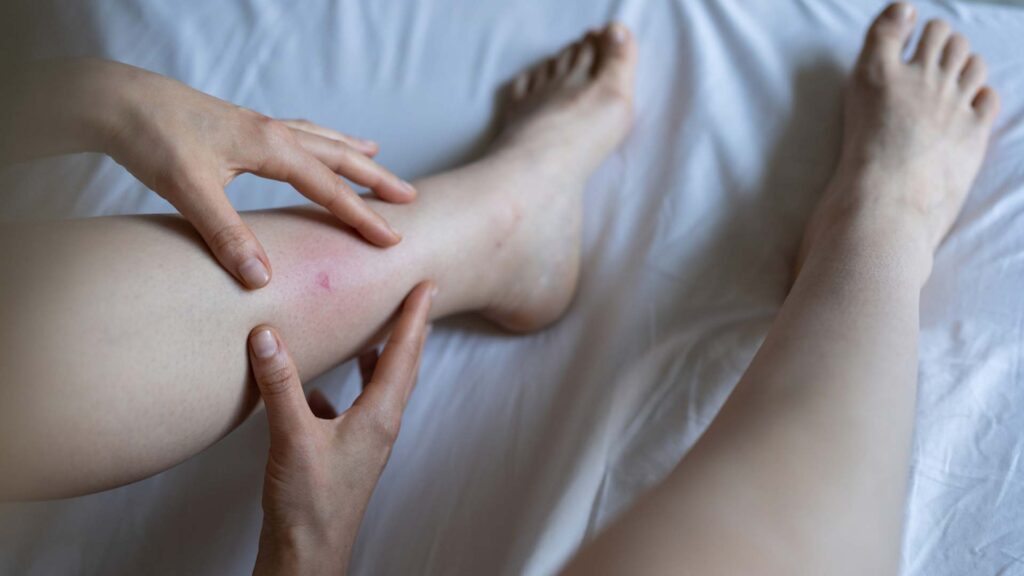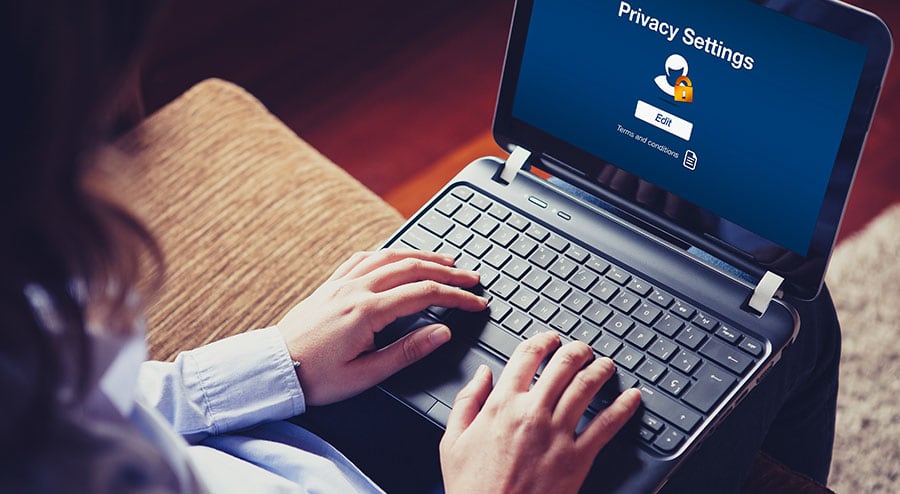Traveling solo as a woman is no small feat, whether you’re preparing to go to a different state, the other side of the country, or across the world, it is our goal to help you be prepared and well-equipped for whatever is to come. Traveling offers adventures, insights into different cultures, and a way to learn about new parts of yourself, especially when traveling alone. However, it comes with certain challenges to navigate and safety considerations to understand.
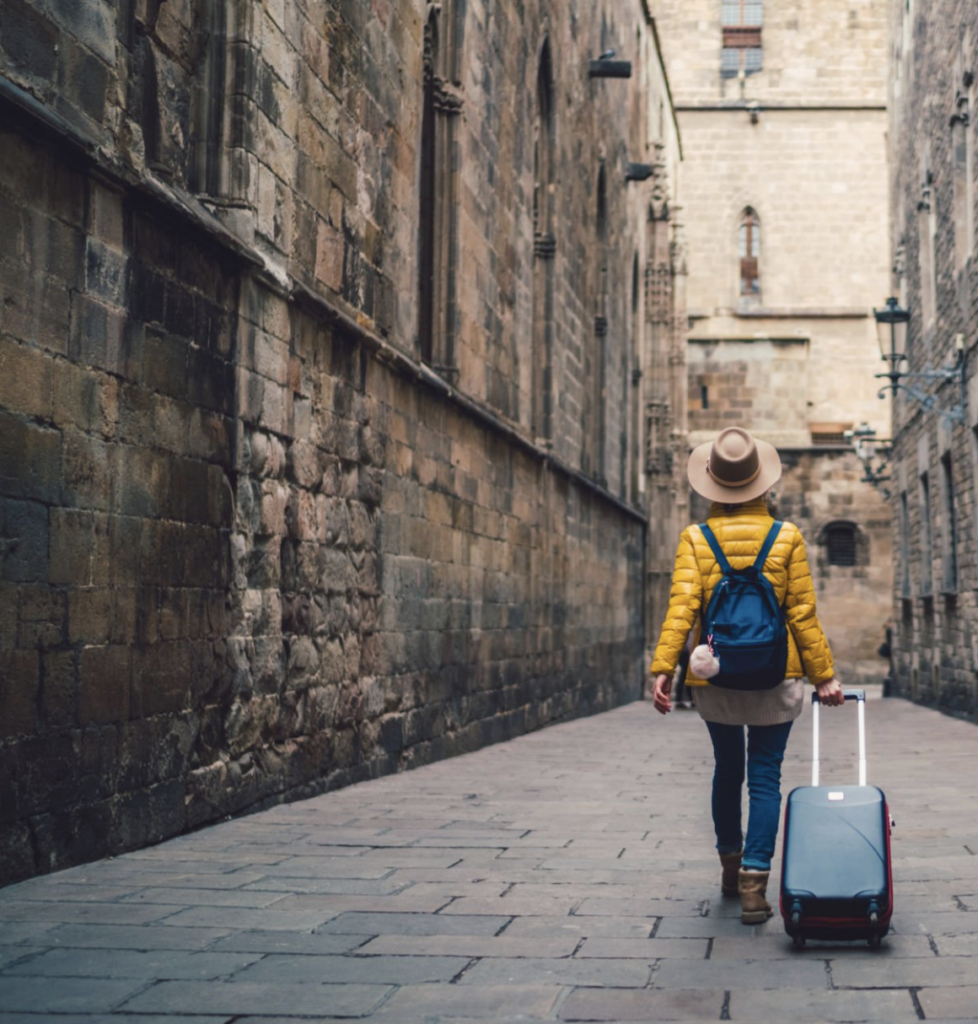
Table of Contents
- Travel App Links
- Preparation Beforehand
- Share Your Travel Plans
- City-Specific Considerations and Emergency Contact
- Language and Navigation
- Accommodation Tips and Types
- Safest Countries for Women Traveling Solo
- Countries Considered Less Safe for Solo Travel as a Woman
- Traveling To and Within Cities
- When & Where You’re Most Vulnerable
- Concerns of Human Trafficking
- Final Thought
Recent studies that surveyed female solo travelers found that almost 64% of women worry about their personal safety while traveling alone, and if you are part of this percentage, we hope to make you confident and well-prepared for anything that comes your way before you start your journey. To safely travel solo as a woman, you need to be prepared to evaluate your surroundings, adjust your plans, and pursue what is in your best interest, while making memories to last a lifetime. To help, we have pulled together a list of recommended apps and tools which you can link directly to below, as well as provided you with directions on how to prepare, execute, and safely return from your travels.
Travel App Links
Throughout this article we will cover several resources and apps which can help make your solo travel safer and more enjoyable. Here is a list of the apps we have discussed for you to look into for all aspects of your travel:
Transportation Apps:
General Travel Apps:
Translation and Language Apps
Preparation Beforehand
Before you even begin packing, there are a few things we recommend you do to be well-prepared going into a solo journey. Understanding and following certain safety procedures and being confident in your common sense are important first steps to taking a trip. Here’s a list of some of the key things to do beforehand to maximize your safety during your trip:
- Take a self-defense class
- Purchase Anti-Theft Bags for your valuables
- Have backup copies of your documents
- Establish a phone plan
- Book your destination and accommodations
First, taking a self-defense class is highly recommended and a valuable experience to protect yourself if anything were to happen unexpectedly. Various companies offer in-person and online training in basic self-defense moves, kickboxing, Jiu-Jitsu, and more. Learning how to apply these moves in a variety of settings and situations can be extremely advantageous. However, always be aware of your surroundings, trust your instincts, and try to only resort to these physical measures as your last option. If you cannot escape or you find yourself in a dangerous situation, they might be your best and only option. Also consider carrying pepper spray or other alarm systems, such as the Birdie Personal Safety Alarm, to scare off attackers as a precaution. Be sure to know how to use these tools before an emergency occurs.
Now that you have equipped yourself with protective measures, it is important to also protect your valuables. Anti-theft bags possess features such as lockable zippers, slash-proof materials, RFID-blocking pockets to protect your personal information from electronic theft, and other hidden compartments. If staying in a hostel, metal locks should be purchased beforehand to lock up your valuables during the day and night. Consider buying a money belt too, especially ones that go around your stomach, or other options that prioritize security features like discreteness and RFID protection to keep your valuables safe. The small investment into these types of bags will save you a lot more money than if your wallet is stolen.
Next, always always always have copies and backup documents of important information. This could include your passport, travel visa, driver’s license, or any other information you need for travel. Even giving a copy of your documents to someone you trust at home is a smart move in case you lose them. Be proactive and print them out, paste them into a Google document online, or email a copy of them to yourself and your family to reference.
Additionally, making sure your phone will work abroad or wherever you are traveling is important to not only maintain communication but also to ensure that you have access to the internet and other resources. Before you travel, check with your provider and see if they offer travel plans. AT&T for instance will allow you to pay a base rate of $100 per month, assuming you are using your phone every day, or $10 a day if it is a shorter trip out of the country. Swapping out the SIM card with a local one is another option that will give you a new international number if traveling abroad. You can often buy one in airports, or use companies such as Vodafone to get it switched. Services like WhatsApp are another solution that will allow you to use your regular number for text, calls, and more as long as you have mobile data or Wi-Fi when abroad. Look into these factors ahead of time and make a plan before you leave.
Finally, part of travel preparation is planning your destinations. Be sure to do ample research into the places you want to go. It might be smart to look at safety statistics, what the culture is like, typical costs, the types of accommodations they offer, and more. While you may want to keep your trip spontaneous and not be tied down anywhere, having thoroughly researched your destinations and having a plan of where to stay, general duration, and more should become a common routine for your trip. Planning these factors out ahead of time will also give you more time to explore and experience your destination when you get there, and allows you to make the most of your trip by already knowing what you want to do.
Share Your Travel Plans
You are packed and ready to go. Now what? Let the people you trust know where you are going. Give them your actual or anticipated travel dates, airline flight numbers, and updated contact information for yourself and emergency contacts. Keeping in contact with certain people and checking in regularly provides your loved ones with peace of mind and can help you travel confidently knowing that people are looking out for you. When people are aware of your plans, they will know if something goes wrong, which adds an extra level of safety for your travels.
Moreover, several online resources allow you to post and track your trip virtually! Polarsteps for instance is a travel app that allows you to plot your route, share locations, post photos, and keep people up to date with where you are headed next. Noonlight too is an app that provides professional monitoring and emergency response resources through its online app and APIs. Lastly, Tourlina is an amazing app for women who are traveling alone. It allows you to safely and easily connect with other women traveling to your destinations, making it a fun way to make friends along the way. Doing the research into the right app for you and your trip and staying connected is easily achievable. It just takes effort on your part to implement them into your travel plans and ensure your safety.
City-Specific Considerations and Emergency Contact
When traveling, especially to a different country, taking the time to look up the emergency numbers, hotlines, or other safety resources is essential. For instance, most countries in Europe have different numbers for emergency calls, police, and medical assistance. Know these and have them handy before you arrive.
Emergency Contact Information For Commonly Visited Countries
| Country | Ambulance | Fire | Police |
|---|---|---|---|
| Australia | 000 | 000 | 000 |
| Belgium | 112 | 112 | 101 |
| Canada | 911 | 911 | 911 |
| Chile | 911 | 911 | 911 |
| China | 120 | 119 | 110 |
| Denmark | 112 | 112 | 114 |
| France | 112 | 112 | 114 |
| France | 112 | 112 | 17 |
| Germany | 112 | 112 | 110 |
| India | 102 | 101 | 100 |
| Italy | 112 | 115 | 113 |
| Japan | 119 | 119 | 110 |
| Mexico | 911 | 911 | 911 |
| Netherlands | 112 | 112 | 112 |
| Norway | 113 | 110 | 112 |
| Poland | 112 | 112 | 112 |
| Portugal | 112 | 112 | 112 |
| Puerto Rico | 911 | 911 | 911 |
| Russia | 112 | 112 | 112 |
| South Africa | 10177 | 10177 | 10111 |
| Spain | 112 | 112 | 112 |
| Sweden | 112 | 112 | 112 |
| Switzerland | 144 | 118 | 117 |
| Thailand | 1669 | 199 | 191 |
| United Kingdom | 999/112 | 999/112 | 999/112 |
| United States | 911 | 911 | 911 |
| Vietnam | 115 | 114 | 113 |
Be sure to look up the numbers for the specific countries you are traveling to before leaving. Having this information with you can allow you to make quick decisions and possibly lifesaving ones in the event of an emergency.
Other Contacts for Assistance and Emergencies
In the event you lose your passport abroad, you will need to contact the nearest U.S. embassy or consulate for help. Each country where the U.S. has diplomatic missions will have specific and different contact information, so along with having their official website saved for reference (https://www.usembassy.gov/), you should take note of the location, phone number, and emergency contact information for each country that you’re planning on visiting. They can help guide you through the process of reporting your lost passport and getting a replacement to continue your travel or return to the U.S. with no issues, as well as provide several emergency services.
Also be sure to have the contact information for your credit card company or other bank services, as many cards may be put on hold for fraud if you don’t let them know you are traveling. If you use American Express, for instance, you can reach them through their global hotline at 1-800-528-4800 in the United States. Be sure to check country-specific numbers and office locations on their website as well as the back of your card for help and contact information.
Language and Navigation
Having a basic understanding of the language can be extremely helpful in navigating new places. Tools like Duolingo or other language apps can help you learn basic phrases, greetings, directional phrases, and more if needed. At the very least, having translation tools such as the Google Translate app or iTranslate, as well as updated map services on your phone are important features for getting around a new place too. It can be exciting to get to know a new language and friendly locals can be helpful in this aspect as well. Listening to their native music, writing down information, and practicing by talking to friends and family are great methods for learning the language. Here are a few more tools and tips to help you get started:
- Language Learning Apps: Duolingo, Babbel, Rosetta Stone, and Memrise offer interactive lessons on vocabulary, grammar, pronunciation, and listening skills.
- Online Courses and Tutorials: Coursera, Udemy, and Khan Academy offer comprehensive language courses. YouTube also has various language learning channels where tutors provide free lessons in various languages.
- Tandem Learning Platforms: Tandem and HelloTalk are websites that partner you with a native speaker who also wants to learn your language while you learn theirs.
- Immerse Yourself: Listen to music, watch movies and TV shows, or read books in the target language.
- Private Tutoring: Websites like iTalki and Preply connect you with native speakers for one-on-one tutoring sessions via video call.
- Social Media: Follow social media accounts, blogs, or channels that post content in the language you’re learning. This provides exposure to current slang, cultural trends, and everyday language use.
Getting as much practice as you can and being consistent is key for learning a new language. Don’t be afraid to try and speak as much as you can and always ask for help.
Accommodation Tips and Types
There are various types of accommodation to take advantage of when you travel. Here are some examples that can help you decide which one is the best option for your budget, safety desires, and comfort.
Hostels
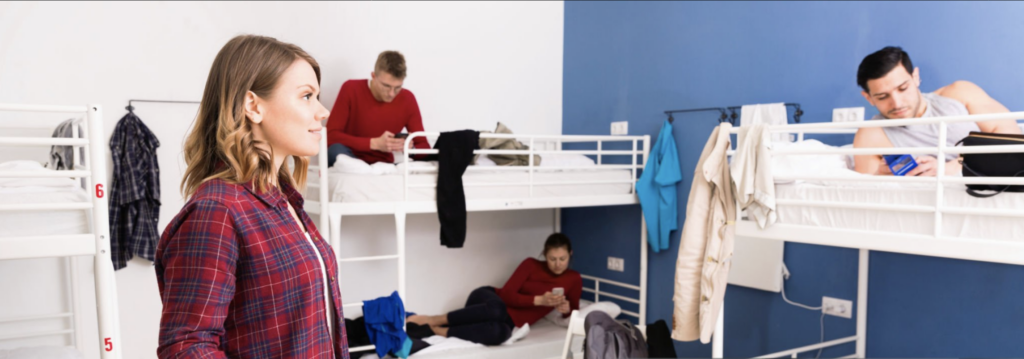
Hostels have grown in popularity in recent years for their fair pricing, social opportunities, and general availability. Known for offering shared rooms and having common spaces, they are a flexible and affordable option for many travelers. For female solo travelers, various hostels offer female-only dorms, floors, and even entire properties. This emphasis on safety and solidarity makes hostels a great option. To find an open room and read reviews, the Hostelworld app is a fantastic resource to use and lists everything you would need to know.
Pros
- Budget-friendly pricing
- Social opportunities to meet other travelers
- Organized events for the guests (day trips, bar crawls, etc.)
- Often centrally located in or near the city center
- Options for female-only rooms or floors
- Breakfast might be included
- Security systems are in place – cameras in common spaces, front door key requirements, etc.
- Some have 24-hour reception allowing for flexible check-in
- Many have kitchens and common spaces for studying or meeting people
- Lockers for luggage storage
Cons
- Less privacy; may have to share space with 2-24+ other travelers depending on which room you purchase
- Risk of theft, be sure to lock up your items with metal locks
- Cleanliness can be variable
- Communal bathrooms in many cases; be sure to have shower shoes
- Disrupted sleep; if a more active hostel, parties may be going on or roommates may enter your room at odd hours
- Some may have curfews or don’t have reception open 24 hours…be sure to get there in time!
- Some hostels have age restrictions, be sure to check before booking
Airbnb or VRBO
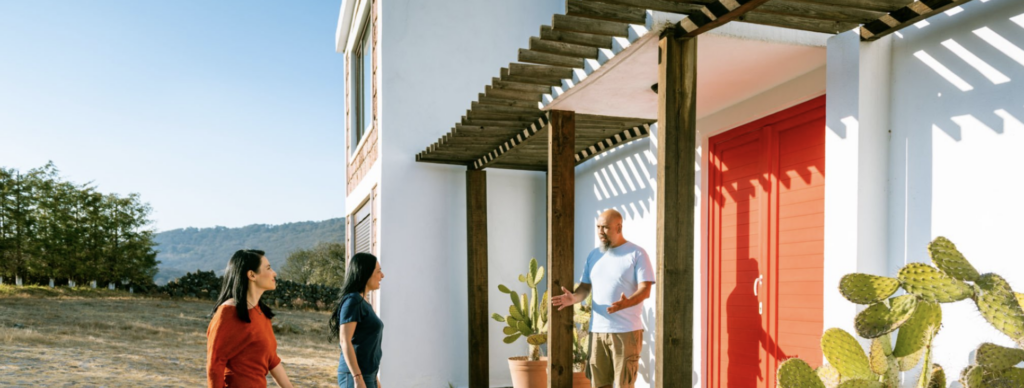
Airbnb and VRBO are also great options. These are platforms that allow independent property owners or individuals to rent out their spaces to travelers. VRBO typically offers whole-property rentals, whereas Airbnb offers single rooms, apartments, condos, and more. Airbnb has recently adopted a Solo Traveler Safety feature that aims to “support guests traveling solo in a private or shared room on Airbnb”. When selecting accommodation on either of these platforms, always be sure to check the rating for the property and host, read the reviews from other travelers, check that the general area is safe, and contact the host with any questions.
Pros
- Variety of spaces suitable for single or groups of travelers
- Good for longer-term stays
- Customizable search options for certain features or locations
- Ease of use through their Apps
- Ability to contact Airbnb/VRBO management with issues and obtain a refund for extraneous circumstances
- Easy way to communicate with the host
Cons
- Extra/hidden fees for cleaning and more
- Not legal everywhere
- Checking in and out may be difficult without assistance
- Cleanliness is not guaranteed
- Can be inconvenient for a short-term stay
- May not be as advertised
- Hosts may be unresponsive or unreliable
- Potential damage fees and costs
Hotels
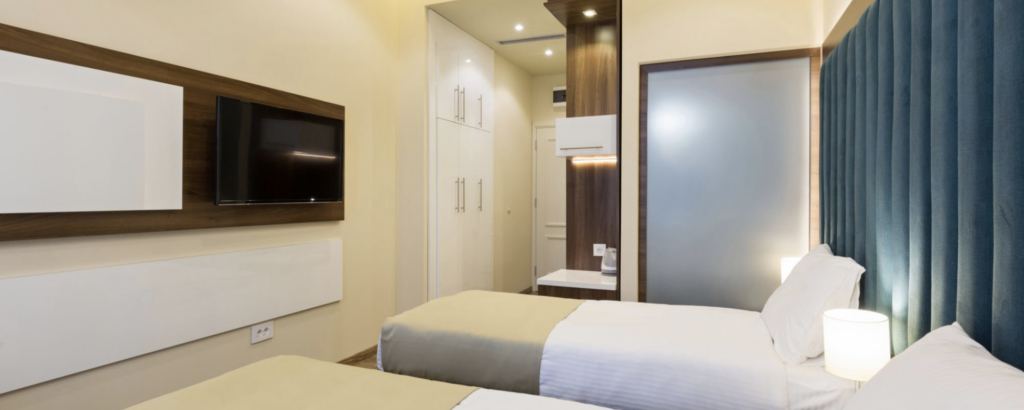
You have probably stayed in a hotel and know what to expect. Hotels are establishments with often set standards and ratings for their guests’ experiences and can generally be considered safer in terms of cleanliness and some security standards.
Pros
- Typically have 24/7 check-in
- Breakfast and room service options
- Great for short-term stays
- Can be located downtown or in touristy areas
- Offers amenities like a pool or parking
- Housekeeping
- Higher safety standards and security
Cons
- Can be the most expensive option
- May not be as advertised (cleanliness, room size)
- Limited space or availability
- Can be located downtown or in touristy areas
- May have strict check-in and check-out times
When it comes to choosing a place to stay, evaluate your budget, safety requirements, and location within the city. Regardless of where you stay, always be sure to know how to check for certain health precautions, like bed bugs, and more before residing for the night.
Safest Countries for Women Traveling Solo
As we begin 2024, a few places emerge as the safest and unsafest for female solo travelers. Knowing what to look for in a destination can help you make the smartest decision when traveling alone. There are many places women can safely travel, but we hope knowing what to look for and avoid can help you in making your decision.
Safest Countries for Solo Female Travelers
The safest places tend to have high rankings in global safety and security indexes such as having low crime rates, and strong legal protections for all individuals. These countries also tend to offer robust support systems for tourists, meaning easy-to-read street signage, tourist help resources or centers, and more. When traveling solo as a woman, looking for places that have these qualities can be key. Based on our research, many “safe” cities often also have efficient emergency services, well-lit and populated public spaces, and a community that is friendlier towards tourists. They’re also popular for the tons of activities they offer and have some amazing things to see!

Iceland
Iceland is a wonderful and welcoming place for women to visit. They’re known for their commitment to gender equality and rank at the top in the Global Gender Gap Report. With one of the world’s lowest crime rates, due to its strong legal system and community policing, there is said to be a strong sense of security among locals and visitors. There are also virtually no gender-based restrictions on movement or dress so freedom for expression when you travel! Iceland is also known for its landscapes and has an abundance of geysers, hot springs, volcanos, glaciers, and more to see.
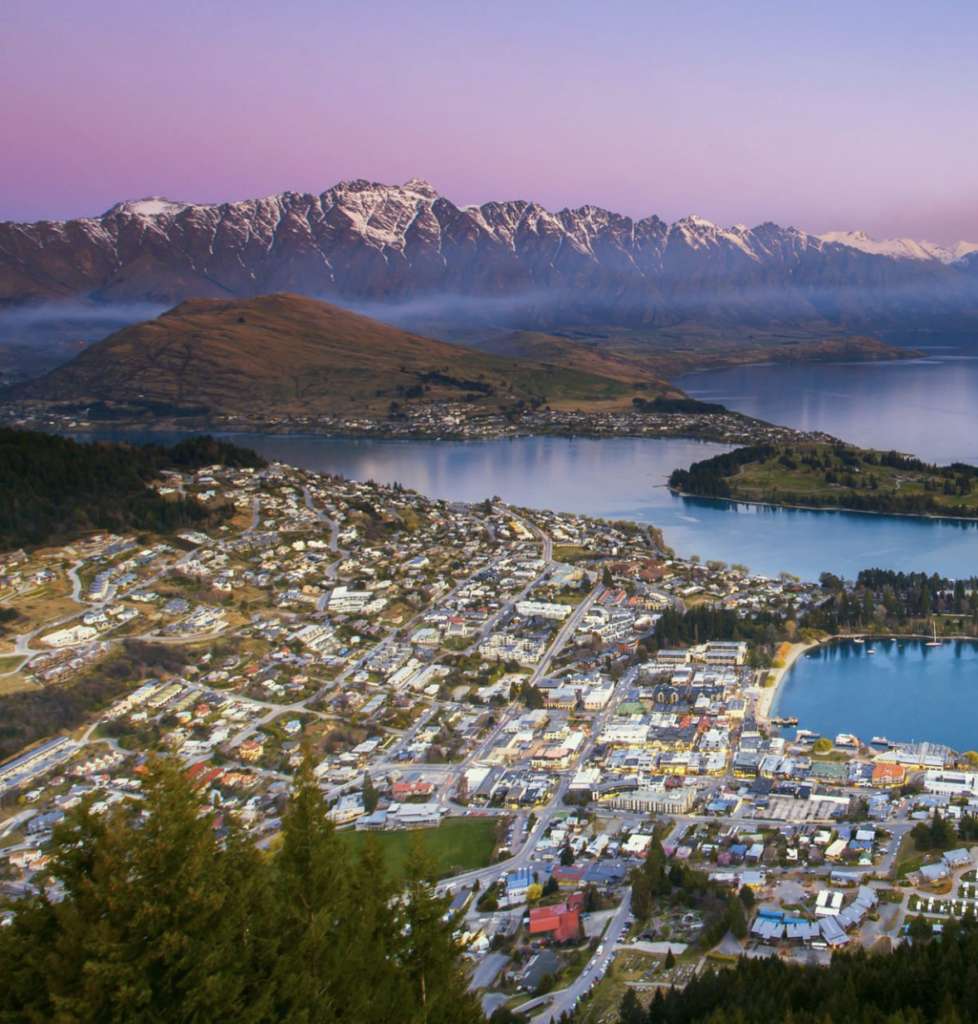
New Zealand
New Zealand has a reputation for safety due to its low crime rate and the proactive measures taken by its government to ensure public security. The people follow “Maori” principles of hospitality and there is a well-established tourism infrastructure making it a great option to travel alone as a woman. They also boast the Southern Alps, and beaches, and is a great adventure spot!
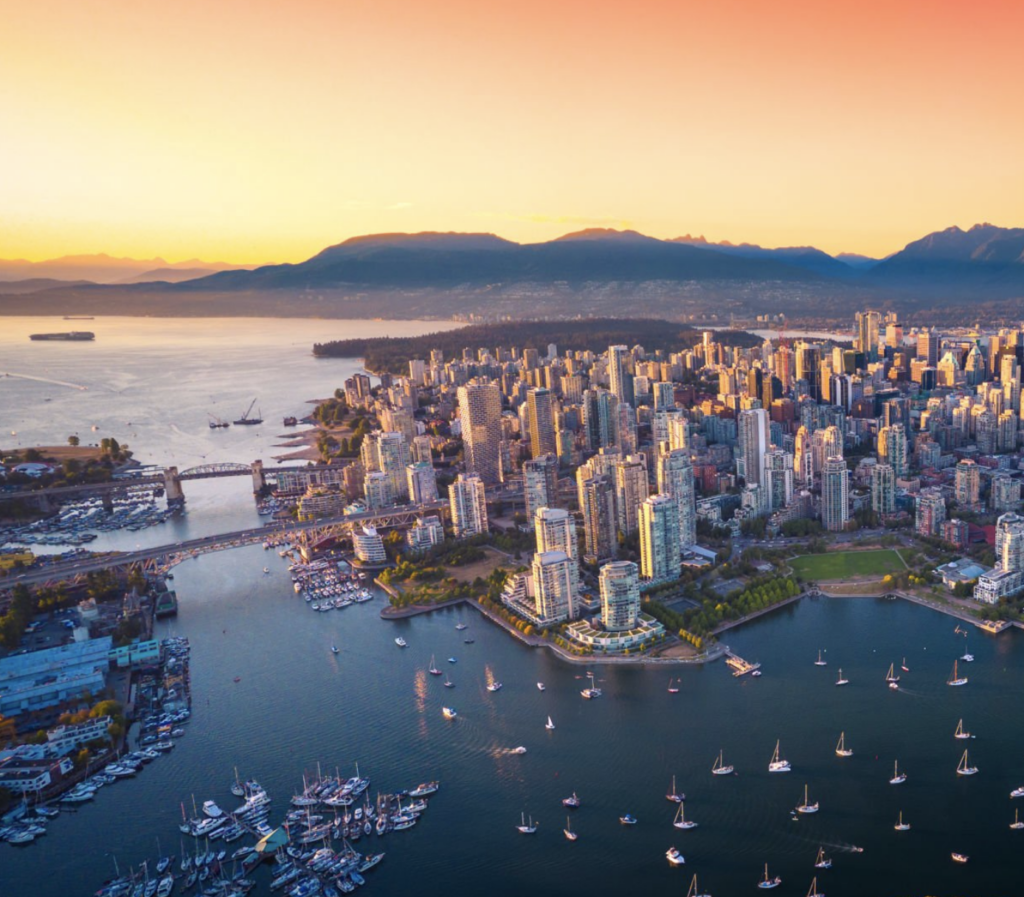
Canada
Canada stands out for its dedication to supporting women’s rights and gender equality and reports low rates of gender-based violence. They emphasize inclusivity and safety and it is a top choice for solo female travelers. Canada has the Rocky Mountains, Niagara Falls, and coastal regions, to visit along with modern urban cities to experience the cultural diversity in the country.
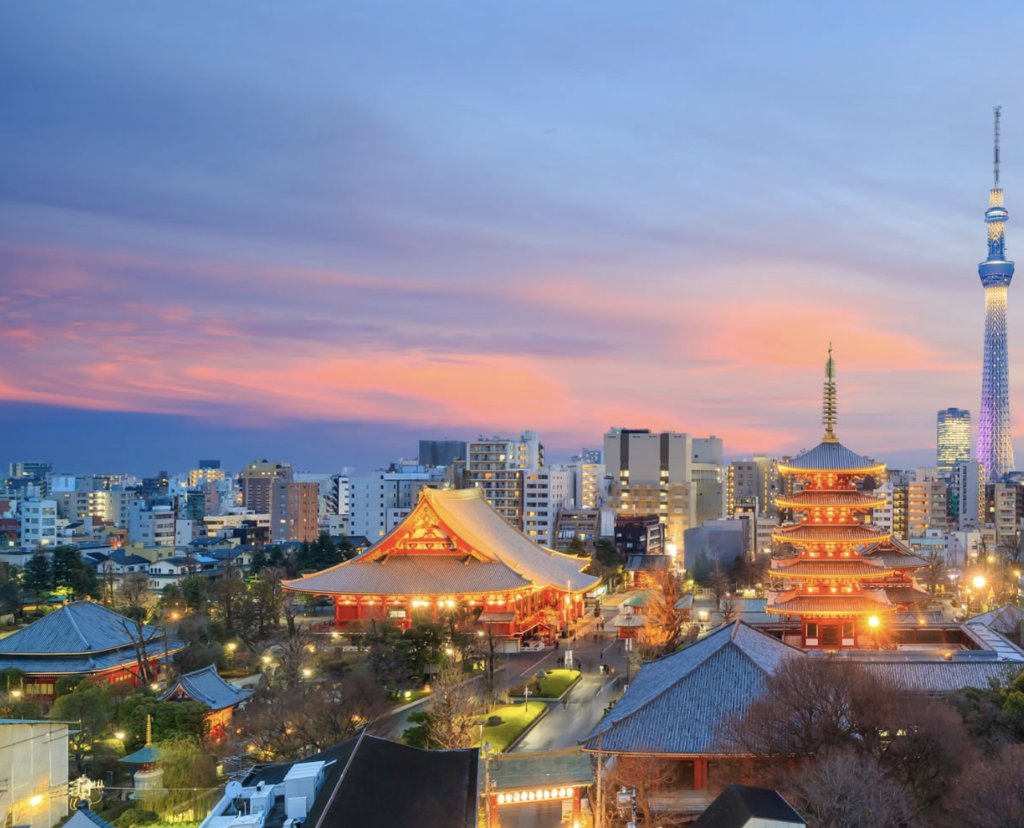
Japan
Japan is renowned for its safety, with extremely low crime rates and a societal emphasis on respect and honesty. Japan has efficient public transport, high cleanliness standards, and well-structured and organized cities including Tokyo and Kyoto. Also known for its beautiful rural areas, Japan can be considered an exceptionally safe and unique destination for women traveling alone.
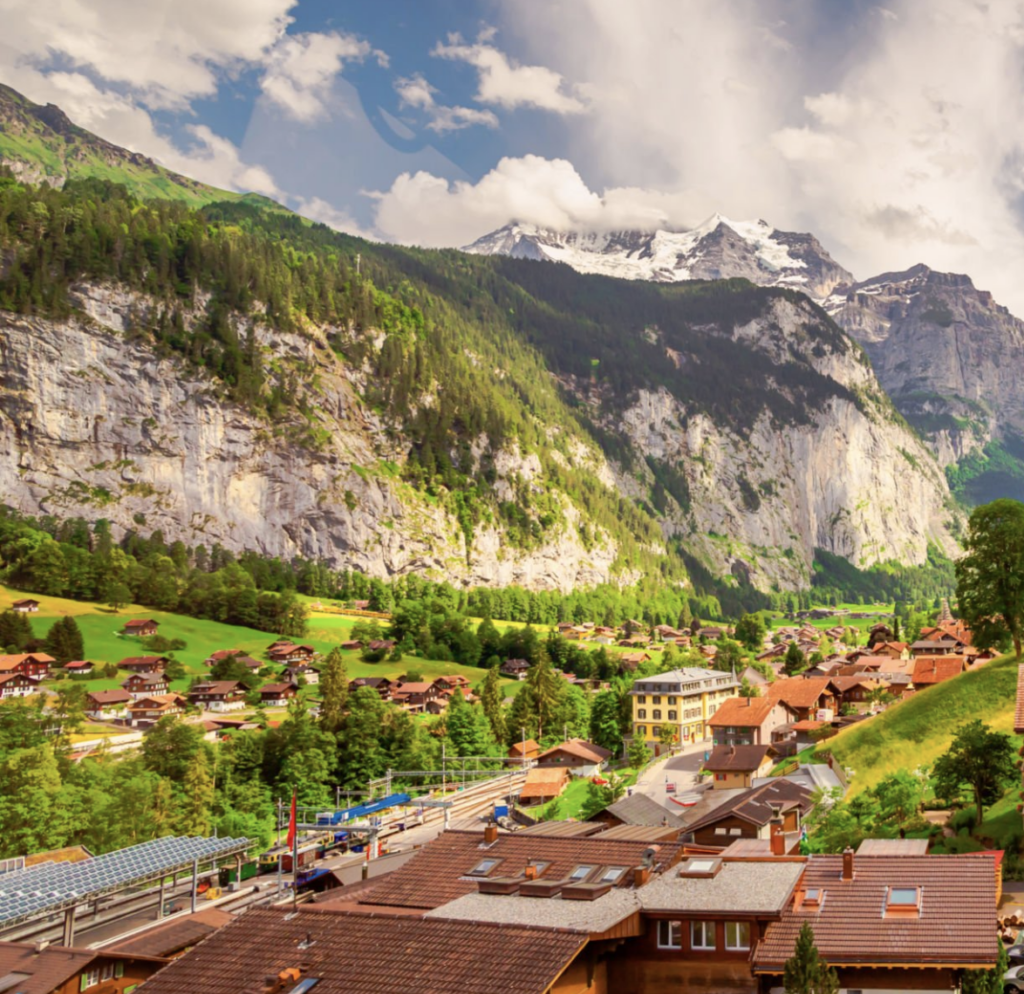
Switzerland
Switzerland is known for its high safety levels, political neutrality, and strong legal system. Switzerland is committed to human rights and gender equality and has an efficient public transportation system along with well-marked hiking trails. It’s a breathtaking place to visit with the Alps to explore and more.
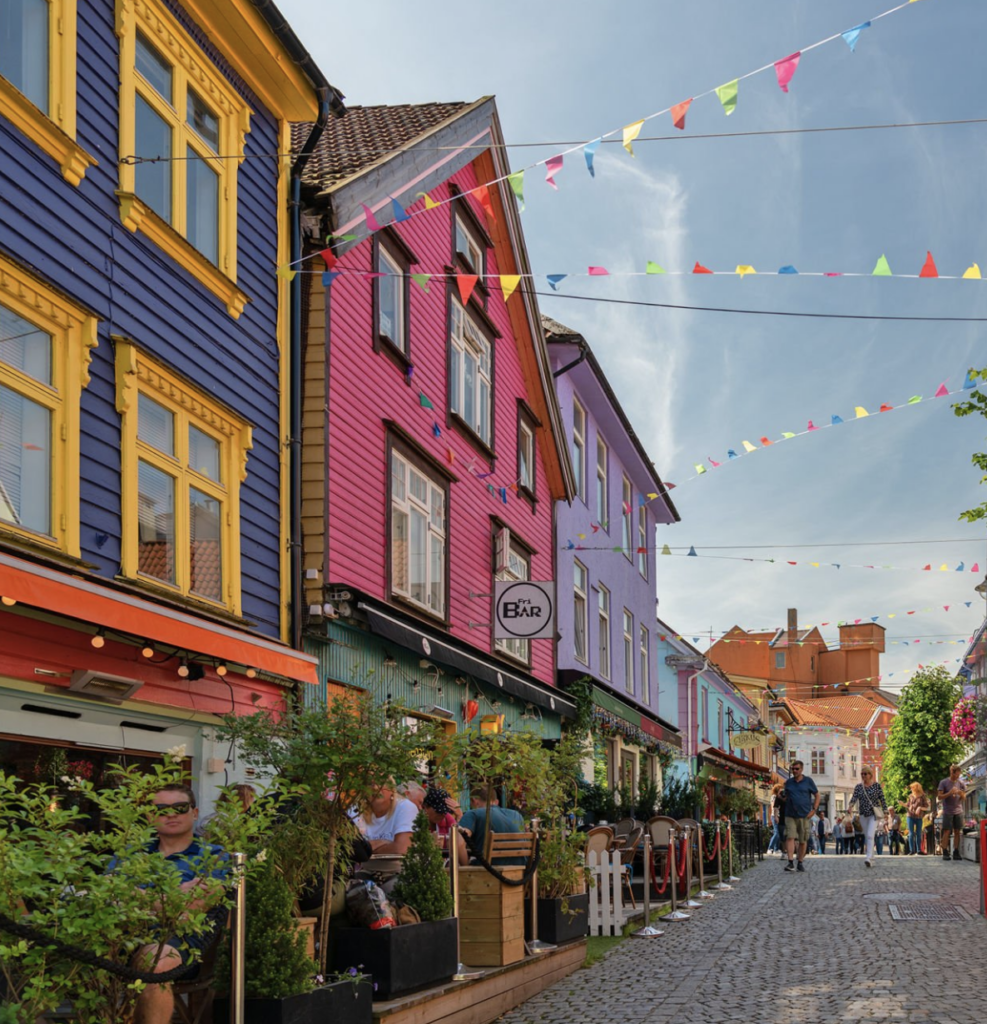
Norway
Norway has one of the lowest crime rates globally due to its comprehensive welfare system and community-focused policing. Norway has an outdoor-focused lifestyle and is said to emphasize equality and safety. It also offers fjords, the northern lights, and the midnight sun to experience for all travelers.
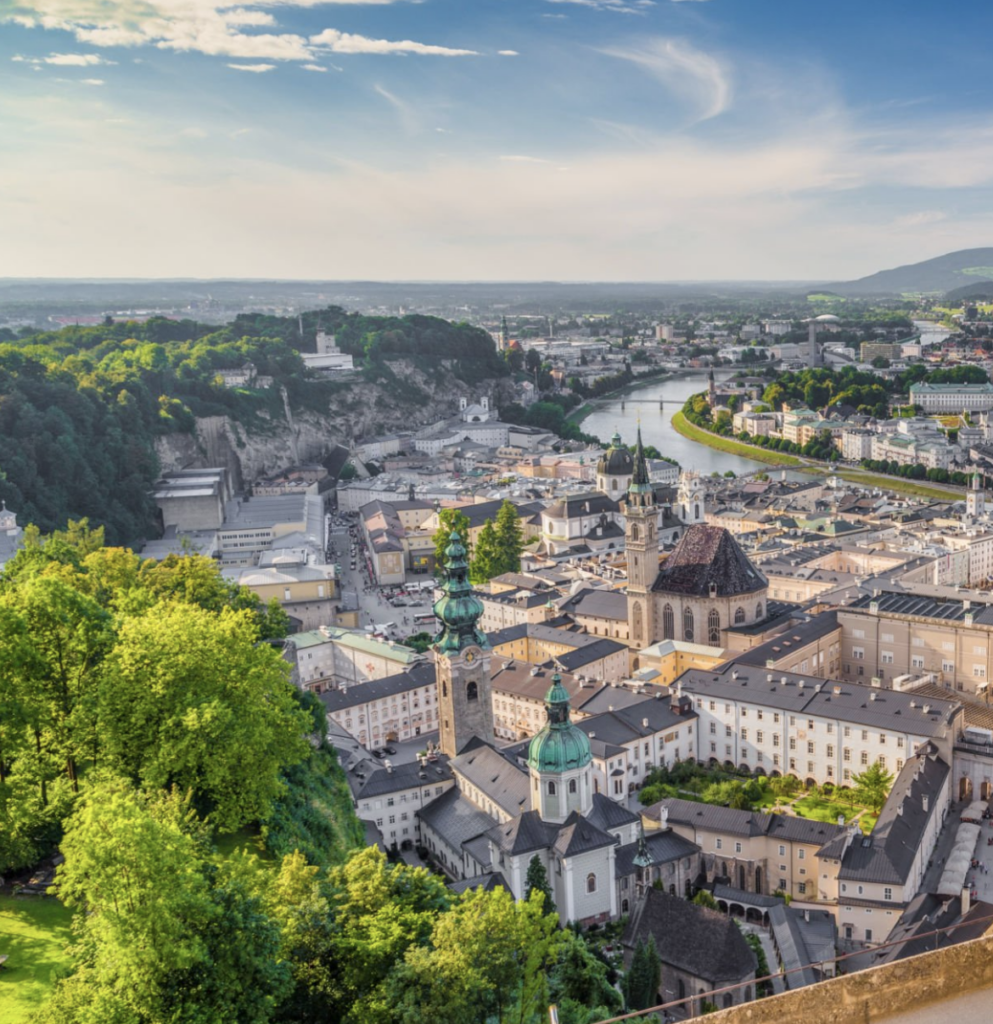
Austria
Austria’s safety rating stems from its low rates of sexual assault and strong gender equality laws to provide a safe environment for women. Travel-wise, cities like Vienna and Salzburg offer rich historical and musical experiences, while the Austrian Alps present outdoor opportunities.

Finland
The country of Finland commits to environmental preservation, safety, and social welfare and reports low crime rates and a high standard of living. Finland has a big outdoor culture and offers skiing and snowboarding in winter and swimming lakes in summer.
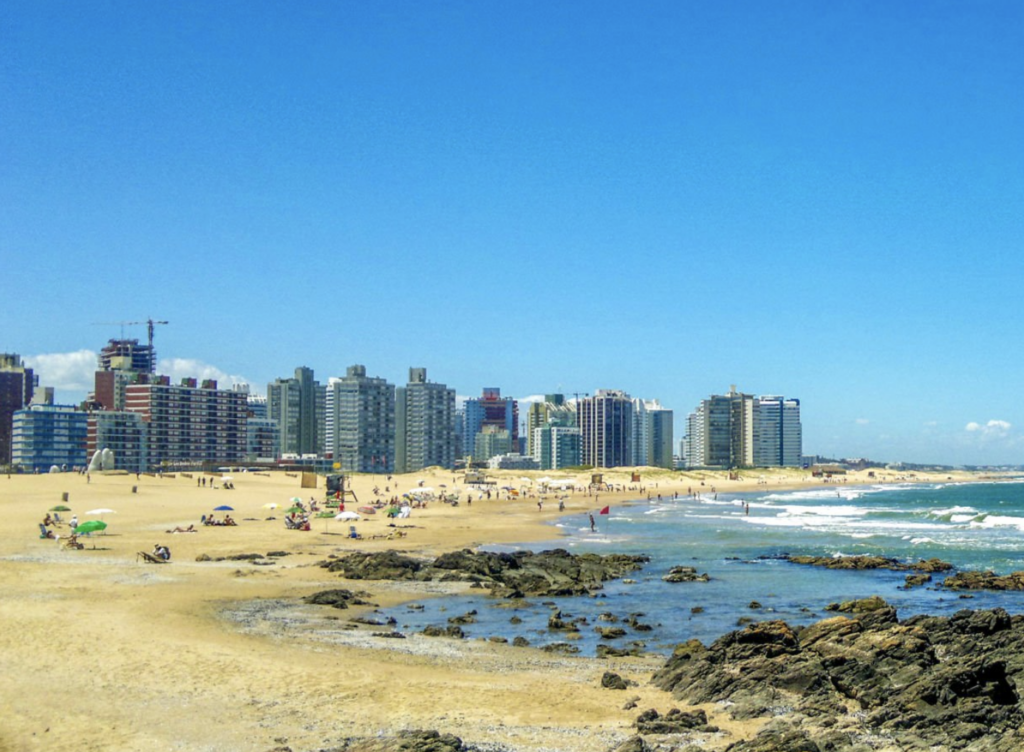
Uruguay
Uruguay’s progressive social policies and inclusive culture stand out in South America for its safety and stability. The country reports a low crime rate and friendly locals. Vacation wise they have tons of beaches and Montevideo specifically has a vibrant culture. You can find a mix of urban and natural exploration within a safe and respectful environment.
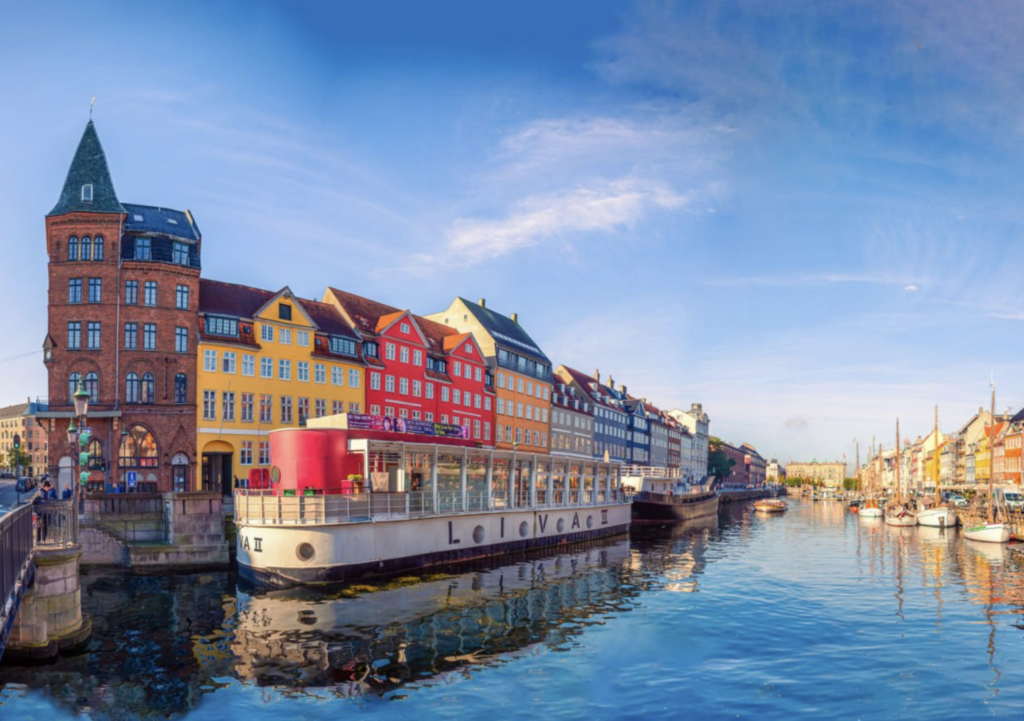
Denmark
Denmark’s strong welfare system, gender equality measures, and community policing contribute to its status as one of the safest countries for women. Copenhagen is known for bicycle-friendly streets and the country’s efficient public transport system allows for easy and safe exploration of both the bustling cities and countryside options.
We selected each of these countries because they offer unique experiences and provide a safe and welcoming environment for women traveling solo. However, always be sure to research the individual city you are traveling to and review statistical data from the World Population Review, the 2023/24 Women’s Peace Security Index, Bounce, and the Woman’s Danger Index to maximize your safety when traveling independently.
Countries Considered Less Safe for Solo Travel as a Woman
There are certain destinations we found that might pose more significant safety risks in 2024 and have been identified as less safe due to a variety of factors including high crime rates, gender inequality, and violence against women. Generally creating a feeling of concern for women, you might want to reevaluate if traveling to these following locations.
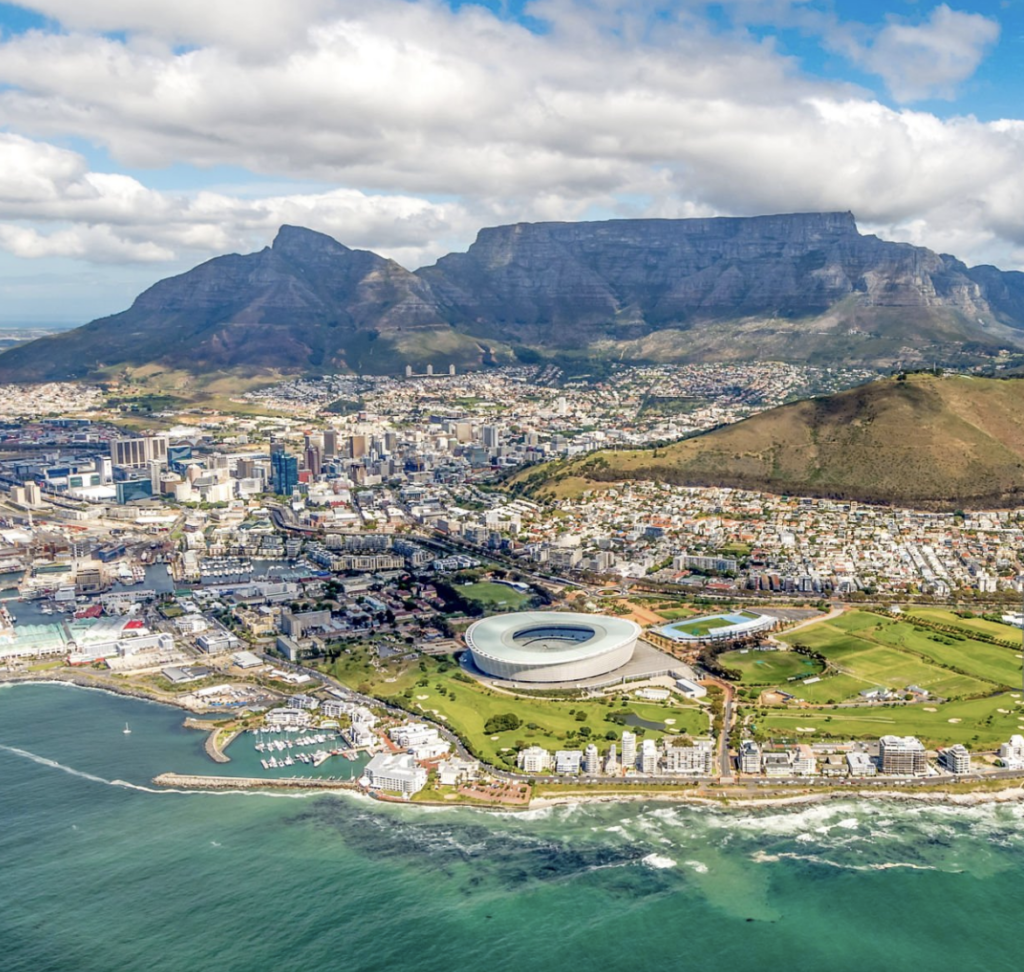
South Africa
South Africa has had high rates of sexual violence which has been a longstanding issue, with reports indicating that the country has one of the highest incidences of rape in the world. According to research, about one in four South African men admitted to committing rape. The nation struggles with deep-rooted gender inequality and violence, further exacerbated by socio-economic disparities. All tourists are advised to be especially aware, as these issues can also affect anyone visiting the country.
The US State Department has issued a Level 2 Travel Advisory, their recommendation is to Exercise Increased Caution. Here’s the contact info for the US Embassy in South Africa
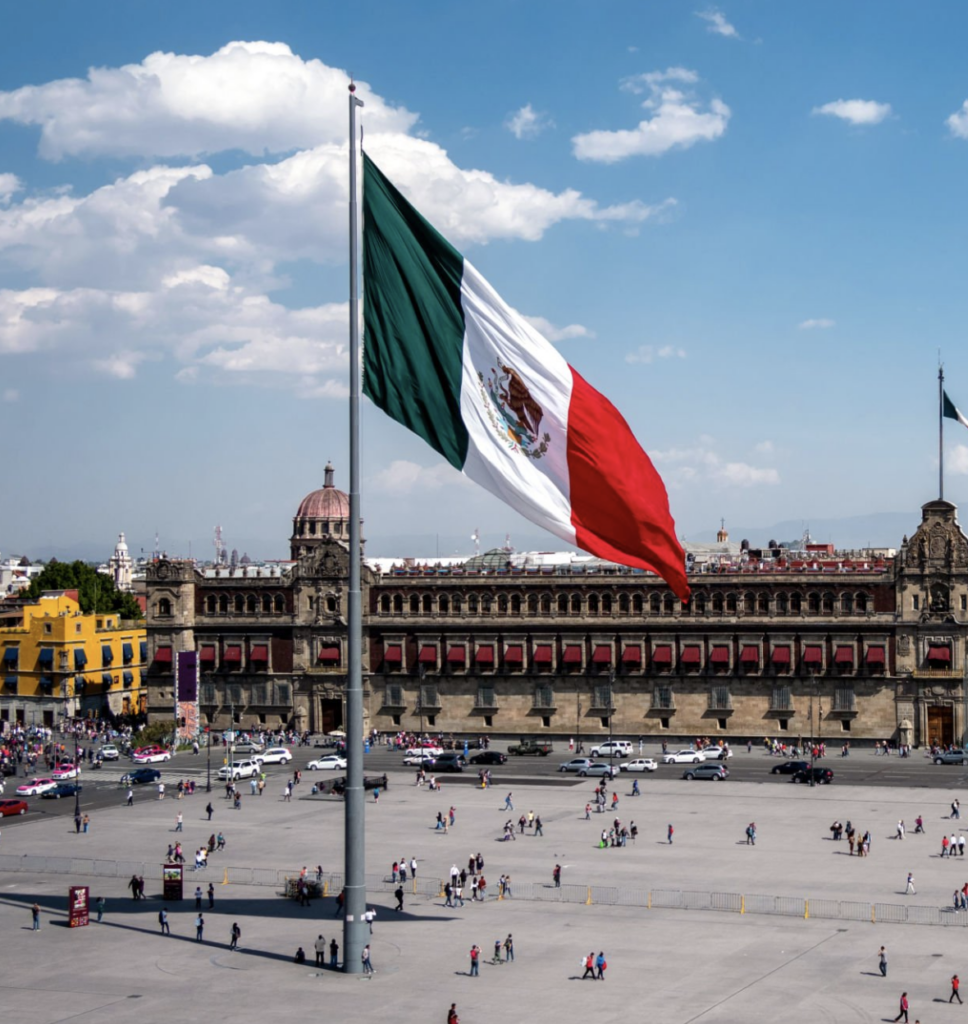
Mexico
In Mexico, non-partner sexual violence and a general feeling of insecurity among women at night highlight significant safety concerns. The National Institute of Statistics and Geography reported that 66.1% of women aged 15 and older have experienced violence at some point in their life. Cartel violence and human trafficking also contribute to the country’s safety issues, affecting both locals and tourists. Exercise extreme levels of caution if you decide to visit as a female, especially in remote areas or when it gets dark.
The US State Department has issued a Level 3 Travel Advisory, their recommendation is Reconsider Travel. Here’s the contact info for US Embassy in Mexico.
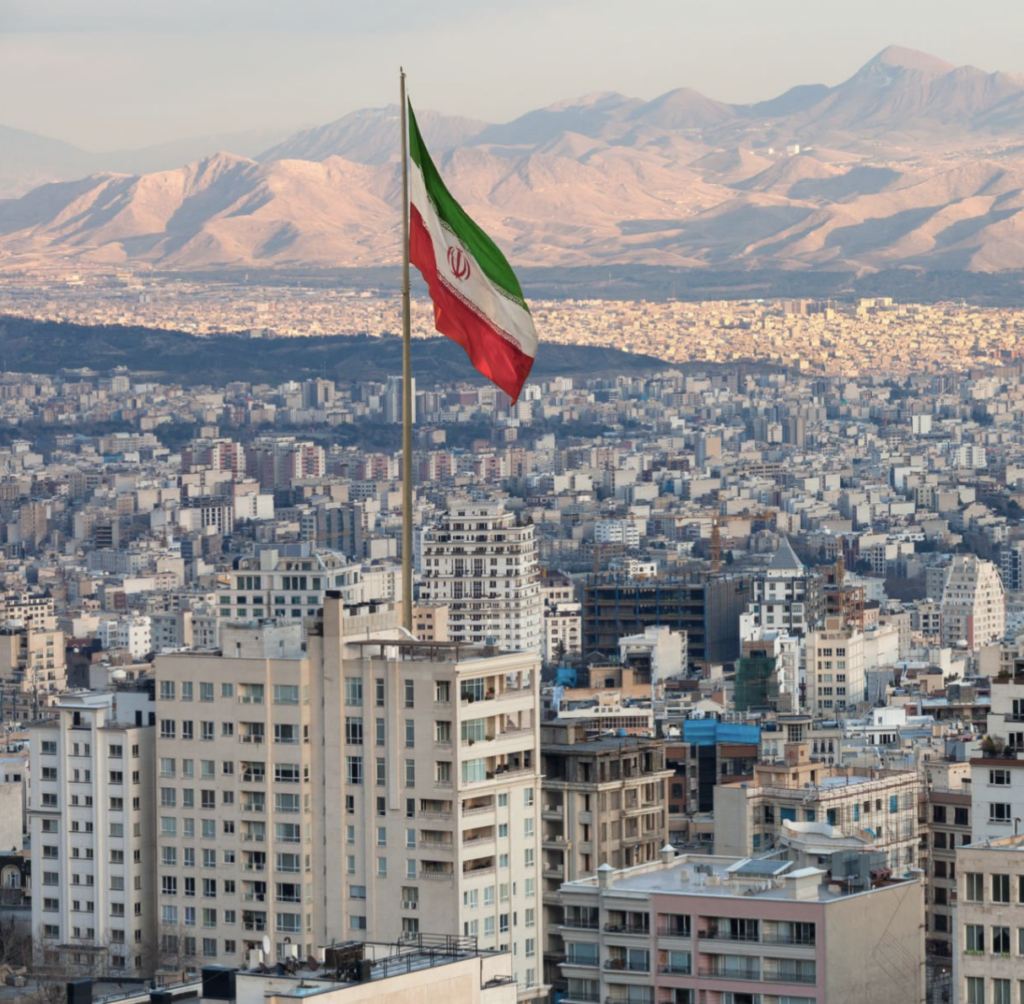
Iran
Iran has a significant gender gap. There are prevalent restrictions on women’s rights, including dress codes and independent travel. The World Economic Forum’s Global Gender Gap Report ranks Iran low on gender parity, particularly in economic participation and political empowerment. Legal discrimination and societal norms also limit women’s freedoms and safety, meaning you might face strict regulations on behavior and attire if you visit as a woman.
The US State Department has issued a Level 4 Travel Advisory, their recommendation is Do Not Travel. The US Embassy does not have a physical or diplomatic presence in Iran but rather has a virtual embassy. Find more information here.
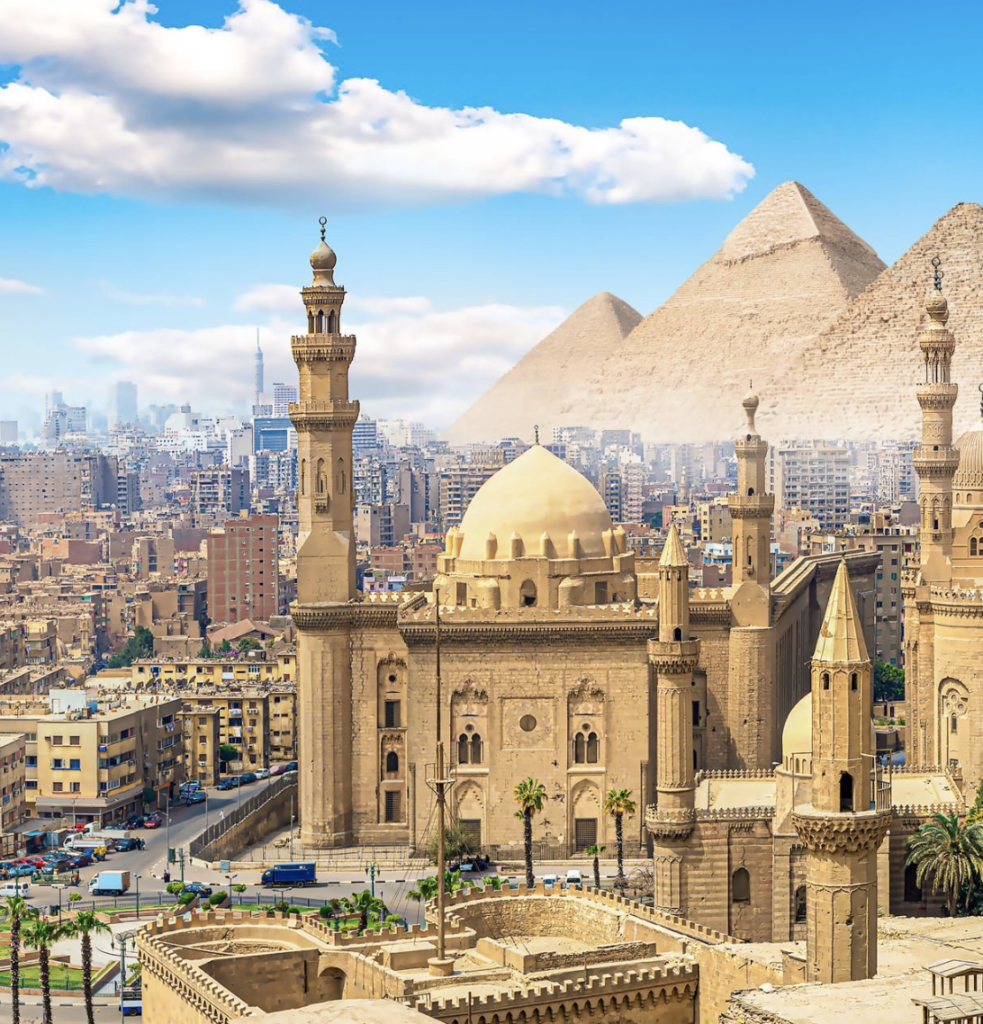
Dominican Republic and Egypt
Both the Dominican Republic and Egypt have high rates of intentional homicide against women, alongside legal and societal discrimination. In the Dominican Republic, the Observatorio de Igualdad de Género reports ongoing issues with domestic violence and femicide. Egypt faces challenges related to harassment and gender-based violence, with the Egyptian Foundation for Advancement of the Childhood Condition reporting widespread sexual harassment. Research these areas thoroughly before deciding to travel to these places.
The US State Department has issued a Level 2 Travel Advisory for the Dominican Republic and their recommendation is to Exercise Increased Caution. For Egypt, they have issued a Level 3 Travel Advisory their recommendation is Reconsider Travel. Here’s the contact info for the US Embassy in the Dominican Republic and Egypt.
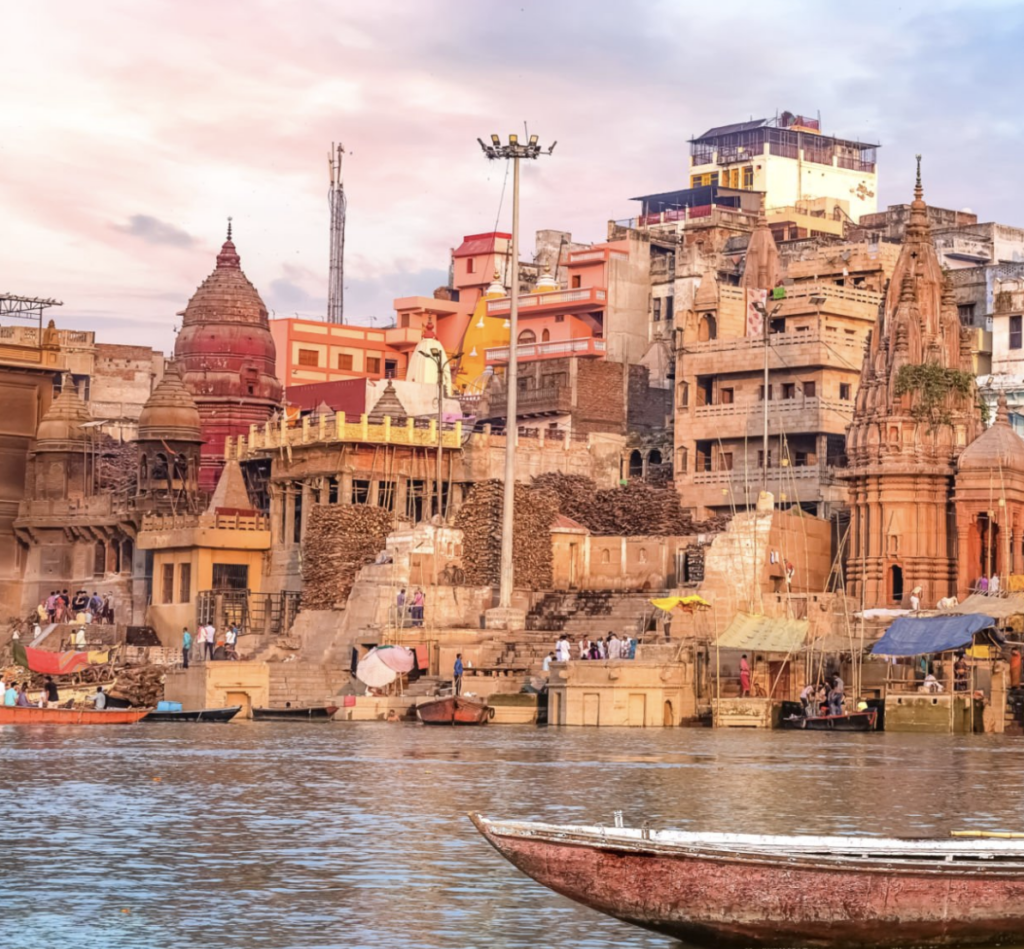
Morocco and India
Morocco and India report significant concerns over intimate partner violence and societal norms that sometimes justify violence against women. In Morocco, the High Commission for Planning reports that a significant portion of women have experienced physical or emotional domestic violence. India’s National Family Health Survey indicates a high prevalence of domestic violence, compounded by societal attitudes that can normalize such behavior. Women traveling alone to these countries should be aware of cultural attitudes and legal protections (or the lack thereof) regarding women’s safety.
The US State Department has issued a Level 2 Travel Advisory for both Morocco and India and their recommendation is to Exercise Increased Caution. Here’s the contact info for US Embassy in Morocco and India
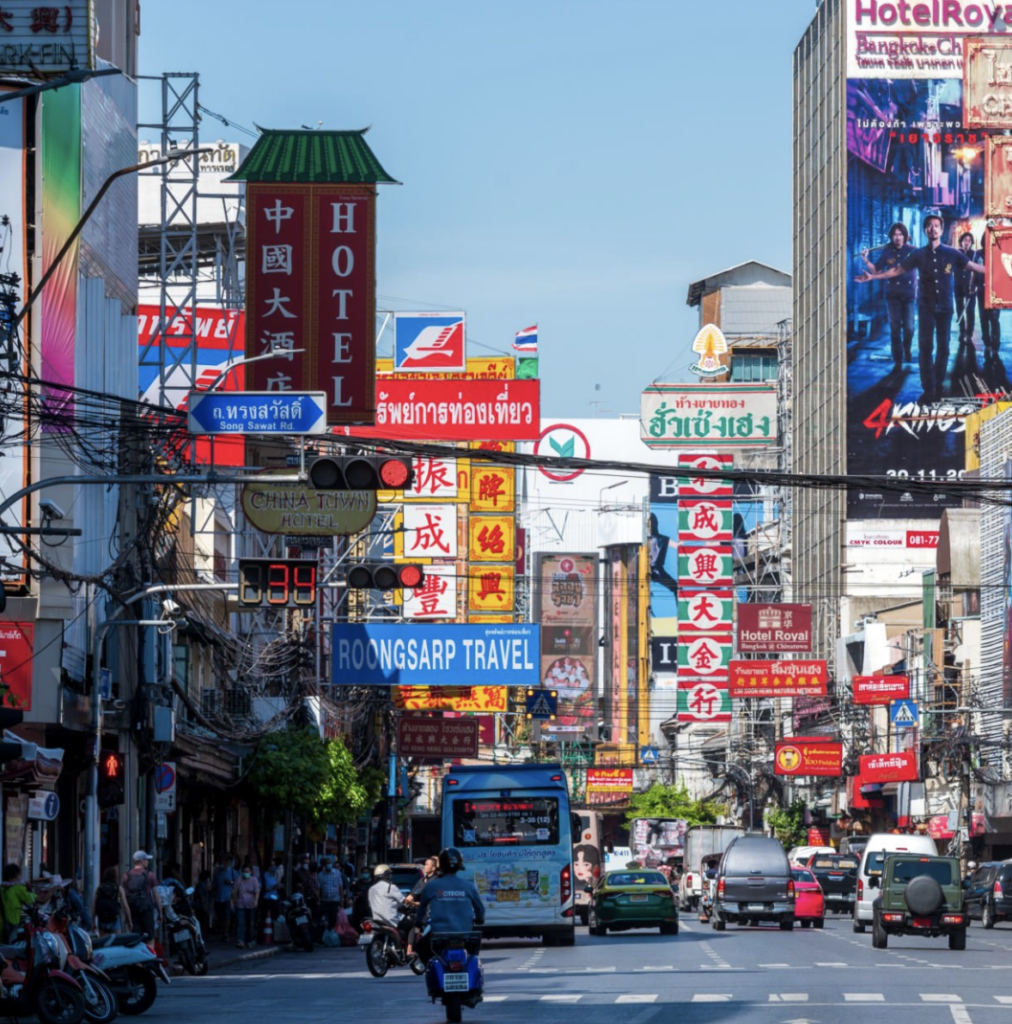
Thailand
Thailand has a high rate of intimate partner violence, with cultural attitudes sometimes condoning violence against women. The National Statistical Office of Thailand reported that domestic violence remains a significant issue, affecting women across various socio-economic backgrounds. To be clear, Thailand is a popular tourist destination and known for its hospitality in some cities, but you need to be aware and inform yourself of the issues related to gender-based violence, especially in less touristy areas, before traveling there.
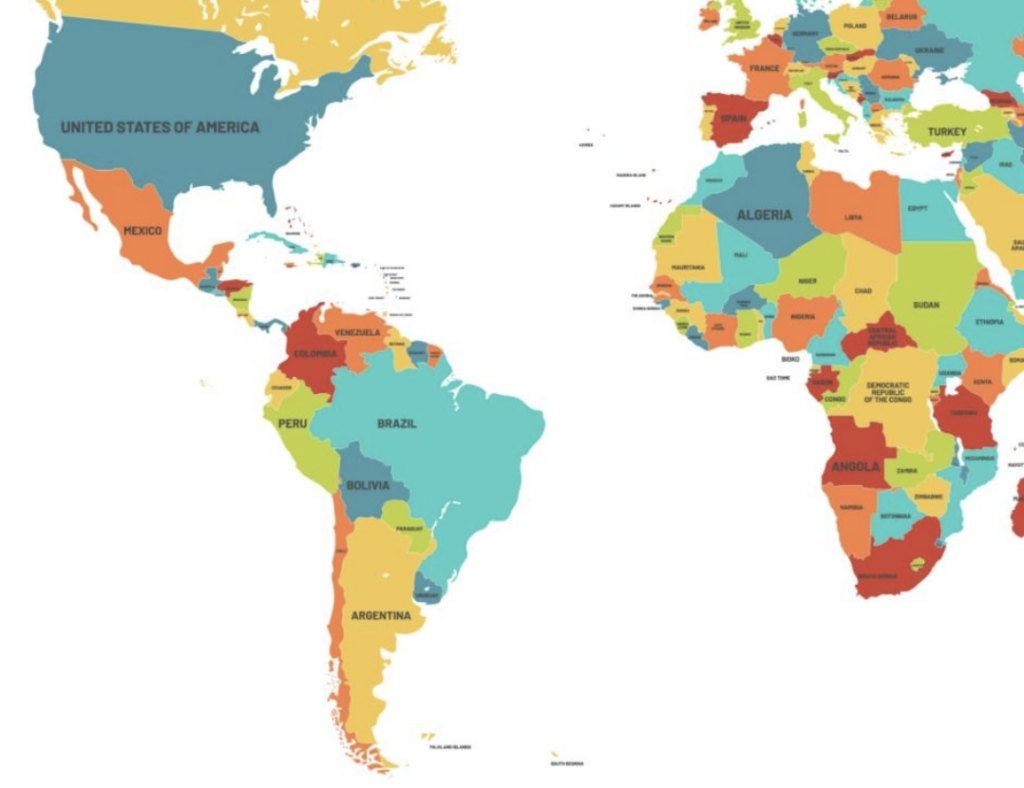
Colombia, Costa Rica, United States, Chile, and Turkey
These countries have varied safety concerns for solo female travelers, from high rates of violence against women to lower overall safety index scores. Colombia and Costa Rica specifically have areas where crime and violence are super prevalent. The United States and Chile face challenges with gun violence and street crime in certain cities. Turkey’s geopolitical tensions and internal security issues can also affect travelers’ safety. If you decide to travel to one of these places, research specific areas within these countries, stay in well-populated areas, and follow local advice to mitigate risks.
Here’s the contact info for the US Embassy in Colombia, Costa Rica, the United States, Chile, and Turkey. Visit the US State Department travel advisories page for recommendations on travel to specific countries not listed.
Each of these locations presents dangers to solo female travelers and you need to be prepared and aware of local laws and cultural norms if you decide to visit these places. In general, try to pick destinations where your safety is made a priority and avoid these higher-risk destinations.
Traveling To and Within Cities
The safest mode of transportation for you will often vary depending on the destination, but a general rule of thumb is that public transportation systems are typically safe in countries with a high safety index. It is always important to do research into modes of transportation beforehand, but we hope these tips can help you choose how you want to travel.
Buses and Water Taxis
Buses and water taxis often have established routes and timetables and are a great option for foreign travelers, especially when traveling in Europe. Be aware that their payment systems may vary between having to buy a ticket ahead of time versus paying cash or card when entering the vehicle. This is where having some understanding of the language can come in handy. While generally considered safe modes of transportation, always be aware of your belongings, avoid traveling at night, and have good self-awareness for those around you. Flixbus is a great mobile service to look into if you want travel options between cities or countries via bus at a cheaper rate.
Uber, Car-Sharing, and Taxi Services
Uber and taxi services may vary country by country. For instance, Uber does not exist or is illegal in countries like Germany, China, and Switzerland. In these countries, the same services may exist, just under a different name. For instance, Prague has a car service company called Bolt, which offers rides, food delivery, and other services similar to Uber. Be sure to research and look into what kind of car services are offered in the destinations you have selected before you travel. If you decide to use these companies, be sure they have reputable reviews or an app with features like driver details, ride tracking, and emergency buttons.
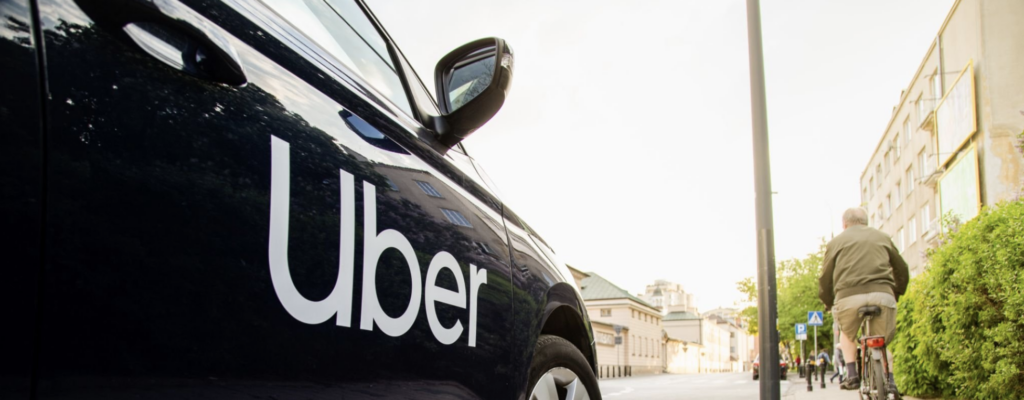
BlaBlaCar is another option that differs markedly from Uber but still offers vehicle transportation. It is an online service for carpooling that uses its website and mobile apps to connect drivers and passengers willing to travel together between cities and share the cost of the journey. The app may list local individual drivers in the city or an entire bus ready to make a longer trip. It lists timetables and tickets through the app. Be sure to research the reliability of this service based on the city you are in, but it is considered safe in most places.
Taxis are typically a safe and reliable service and can often be the best option for a woman traveling alone. Most drivers are verified and employed with established cab companies. The only risk is that you may be ripped off, but in general, they are a good option to get around.
Trains
Trains are usually a very reliable source of transportation. Various apps such as Omio or Trainline allow you to purchase tickets online and provide timetables for days or weeks in advance. These services may differ by country. Within Italy for instance, the mobile service Trenitalia is specific for the Italian train system. Eurostar is another excellent mobile option if looking for train transport between different Western European countries including Belgium, France, Germany, the Netherlands, and the United Kingdom.
Be sure to be aware of train strikes or other cancellations which may occur, and have occurred in my experience the day I needed to catch a flight to a different country. As always, be aware of those around you and ask for help.
Subways or Metros
Subway or metro systems often exist within bigger cities and can be a great way to get around. Many places offer multi-day passes or single-ticket purchases for ease of use. They are usually reliable and provide a quick way to navigate urban areas, with extensive network coverage and frequent service. Safety can vary by location and time of day; it’s generally safe during daytime and in well-frequented stations so be aware when traveling. Like any public transport, being observant and choosing well-lit, busy cars is a good idea if possible.
Car Rentals
Car rentals may be a more expensive option for travel but offer great flexibility and safety. Driving laws and rules vary by location so make sure you are aware of local regulations, such as driving on the other side of the road in the UK! Many places have a 25-year-old age restriction to be able to rent a car as well.
Walking
Sometimes walking is your best or only option for travel within a city. If so, we have some tips to make sure you’re safe. If you’re walking around alone, especially at night, walk with a purpose and look like you know where you are going. Confidence is key, and this can deter possible encounters. If you’re lost, stop in a coffee shop and get directions. Also, avoid wearing big flashy jewelry or clothing that draws attention, but rather fits in with the expected dress or style of the culture. Always try to walk during the day if possible as well.
Scooters and Bikes
Scooters and bikes are great options for in-city travel for shorter distances. Companies like Lime and Bird are options, accessible via apps, where you can rent scooters and bikes and pay based on time. Be sure you park them in designated areas to avoid fines. However, some places in Europe for instance may require that you have an EU driver’s license, so be aware of restrictions where you travel. The same safety concerns arise with walking, be aware of who is around you, especially at night.
Other Transportation Apps
There are a variety of apps we have mentioned that you should have downloaded on your phone before you travel that help you locate the cheapest and quickest transportation option in whatever city you are in. Omio specifically is an excellent search engine for all major forms of transport. Just put in the destination and the date and they compare and provide options for air, bus, rail, and ferry transportation options on their app. They also provide the total travel time and cost, making it easier for you to plan and budget your trip. Moreover, using the public transportation option on the Google Maps app is a simple and convenient option that shows you timetables for the metro, buses, and more between two destinations within a city. Always be sure to check the local timetables or other sources to confirm its accuracy though.
You have tons of options when you travel, just be sure to research the safest and most recommended transportation methods for your specific destination before traveling.
When & Where You’re Most Vulnerable
Scams can happen at any time in any place, no one is immune. Here we have outlined common tips and traps for tourists and women, so be sure to know what to look out for.
Tours
You’re in a city and you want to go do something fun. When finding excursions or things to do, only use trusted sources for tours and accommodations such as Tripadvisor, GetYourGuide, Viator, or established travel companies with an in-person office. When you arrive at the destination or meeting point, make sure that the label or logo on the mode of transportation is as advertised, often a bus. Also, make sure the trip leader is in a verified uniform and has your name on a list to check off for the trip. It never hurts to ask around and talk to the other tourists to see if they are also supposed to be on the excursion.
Drug mules
Scams in which you may become an inadvertent drug mule can also happen and are common if you don’t know what to expect. A common tactic used by traffickers is befriending travelers and asking them to carry seemingly innocent packages, which may contain drugs or other illegal substances. Also, be wary of job offers that involve transporting goods or luggage for others. To avoid these scams, never transport luggage or carry parcels for others, be wary of too-good-to-be-true offers in general, and always pack your bags personally, keeping them with you 24/7.
Fake police
Be aware of fake police scams who could be looking to steal your money, luggage, and more. To identify and avoid these scams, you should look for inconsistencies in their ID or uniform, and know that legitimate officers don’t ask for fines to be paid on the spot. Know that these scams are also most prevalent in tourist areas globally. If approached, you can insist on handling the issue at the nearest police station or getting another officer involved. Also, this is where carrying a photocopy of your ID can come in handy, leaving originals in a safe place, to avoid handing them over. Always stay calm and confident in these situations.
Bar and Club Safety
If you decide to go out and maybe bar hop or club, be hyper-focused on the drinks you order to avoid being drugged. Covering your drink with your hand or napkin can be an easy solution, and be sure to never leave it unattended. “Roofies” (Rohypnol) are substances that can be discreetly added to drinks and can dissolve quickly. To check if your drink has been roofied there is a special nail polish you can purchase that will change colors when dipped into a spiked drink that has drugs in it.
Also never accept drinks from strangers unless you see the bartender pour it and hand it to you. If you feel unwell or suspect you’ve been poisoned in any way, seek help immediately from the staff or friends. It’s smart to have a plan for safe transportation back to your accommodation before you go out too, and in general, always trust your instincts and stay in well-lit, populated areas within the space.
Rigged ATMs
When you need money and an ATM might be your best option, be wary of rigged ATMs. Some may be fitted with skimmers which are devices that steal card information. Additionally, some ATMs offer expensive currency conversion rates, meaning excessive fees to be aware of. You can avoid this by using ATMs in secure locations like banks and be sure to always review transaction details. Check if an ATM looks tampered with before using it by looking for unusual attachments on the card slot or keypad or if there are loose or mismatched components. If in doubt, just find another one to use. Also, to get the best rates, opt for transactions in the local currency rather than your home currency, and maybe look into getting a travel credit card at home before you leave which can get rid of some of these fees.
Pickpockets
Honestly, nowhere is safe from pickpocketing. In general, you’re most at risk of getting something stolen in crowded areas like common tourist attractions such as the Eiffel Tower or public markets, public transport such as subways, and even busy streets. It is typically travelers who are obviously unfamiliar with their surroundings and who are common targets. That’s why trying to stay off of your phone for maps and keeping your head up is important when walking. Moreover, people who don’t properly protect their belongings or who may be intoxicated and won’t pay attention to their stuff are more at risk. Pickpockets use distractions, close physical contact, or even work in teams to steal. Again, you can protect yourself with anti-theft bags or backpacks with lockable zippers and RFID-blocking technology. Using dummy wallets can also divert thieves, keeping your actual valuables safe in a more secure location on your body or bag. Always stay alert, keep valuables secure, and minimize opportunities for pickpockets.
Concerns of Human Trafficking
Unfortunately, human trafficking is a significant risk for women wherever they go. The United Nations Office on Drugs and Crime (UNODC) researches the occurrence of human trafficking, and the grim reality is that it’s a crime that spans every region of the world. For instance, just in the United States alone, human trafficking occurs in every state, with thousands trafficked each year, including a significant number who are under 18. The Office on Women’s Health defines human trafficking as a form of modern-day slavery where individuals are forced into various forms of exploitation against their will.
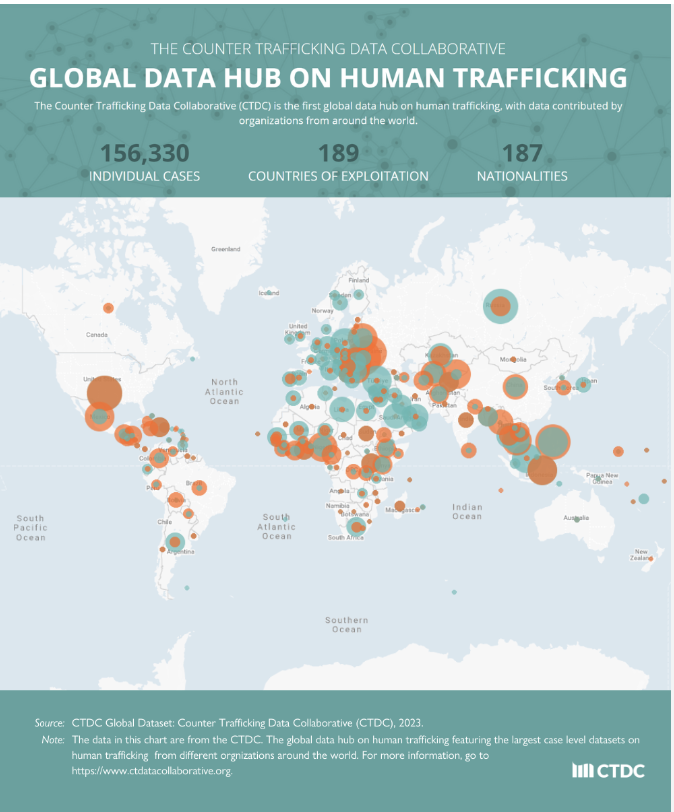
Source: https://www.migrationdataportal.org/themes/human-trafficking
Human trafficking is a terrifying ordeal for any woman to be in, and while scary to learn about, understanding the risks allows you to be prepared. Victims can be forced into labor including sex work, farm work, domestic labor, and more. Most commonly, victims are often tricked by fake employment opportunities, false promises of education, and job prospects, or forced through violence and intimidation. Traffickers may also offer romantic relationships or travel opportunities which are the tactics that solo female travelers need to pay the most attention to.
Human Trafficking spans every region of the world. In the United States alone, human trafficking occurs in every state, with thousands trafficked each year.
The regions to look out for with the highest risks for human trafficking are those that are politically unstable, have economic desperation, high levels of corruption, a weak legal system or law enforcement, and experience high poverty levels. Countries in parts of Africa, Asia, and the Middle East, as well as certain areas in Eastern Europe and Latin America, are frequently cited for their high risks. Remember though that human trafficking is a global issue that can occur in any country, including those considered highly developed like the U.S.
When it comes to the higher-risk areas, be cautious of new acquaintances or strangers who are overly friendly or offer too-good-to-be-true opportunities. Also be aware that there are no uniform efforts across the globe to combat this issue, and many countries have separate services when it comes to handling it. However, the Trafficking in Persons (TIP) Report, created by the U.S. Department of States Office to Monitor and Combat Trafficking in Persons, is released annually as a diplomatic tool to engage foreign governments on human trafficking. The report aims to provide a comprehensive global look at the nature and scope of trafficking in persons and the broad range of government actions to confront and eliminate it. The TIP Report ranks governments worldwide into one of three tiers based on their efforts to combat and prevent human trafficking, including the protection of victims, prosecution of perpetrators, and prevention of crime. Familiarizing yourself with this resource can help you analyze which countries are most at risk.
You also need to be aware of how you use social media when in different countries, especially if you are going to try dating. Avoid sharing real-time locations or travel plans to reduce your risk or vulnerability of being involved in a trafficking scheme. Don’t reveal any identifying information when in an unfamiliar environment or social situation, and use your instincts when meeting new people.
For more detailed information before you travel, be sure to look into the information from UNODC and the Office on Women’s Health. For the most recent statistics or analyses by country or region, check the latest UNODC Global Report on Trafficking in Persons and the U.S. Department of State’s TIP Report. These documents provide in-depth insights into the scale, nature, and trends of human trafficking worldwide, offering the most reliable data currently available. To seek help, you can reach out to the National Human Trafficking Hotline in the United States by calling 1-888-373-7888 or texting 233733.
Final Thought
Traveling is an exciting and worthwhile experience. Many individuals spend their entire lives dedicated to travel, and you can come back with memories, friends, souvenirs, a new language, and more when exploring by yourself. What we hope to leave you with today is an understanding of how to enhance your safety without compromising your experience. Overall, we hope you remember the following tips:
- Be prepared ahead of time: make backup documents, share travel plans, download transportation and accommodation apps, and take a self-defense class
- Choose your accommodation based on your budget, safety ratings, and desired experience
- Learn how to travel with several modes of transportation, and always be aware of your surroundings
- Know which 2024 destinations are the safest and unsafest places for women traveling solo
- Understand the threats of human trafficking, pickpocketing, and other scams directed towards females
Have fun when you travel, and come back knowing more about yourself and the world!
Disclaimer
Content on this site is for reference and information purposes only. Do not rely solely on this content, as it is not a substitute for advice from a licensed healthcare professional. StaySafe.com assumes no liability for inaccuracies. Consult with your doctor before beginning any medications or programs.



